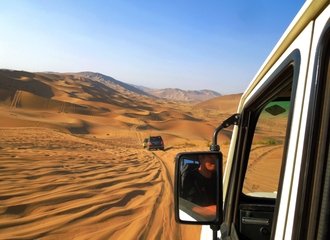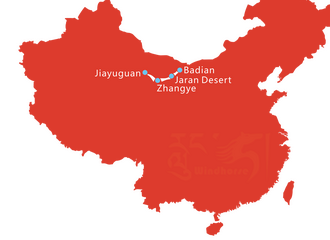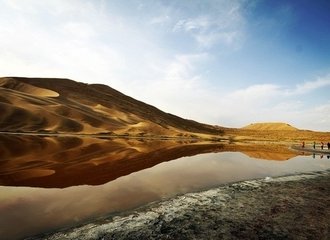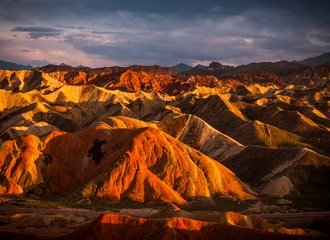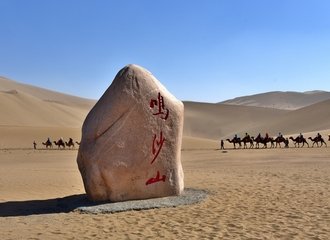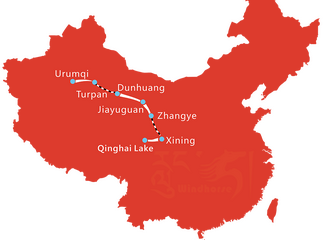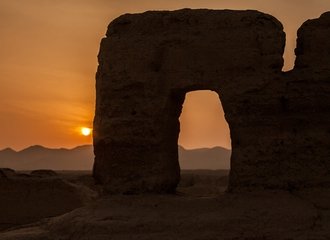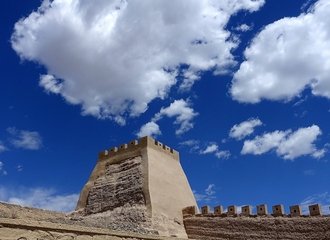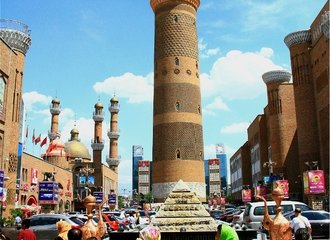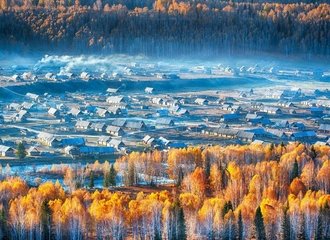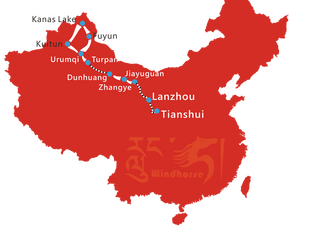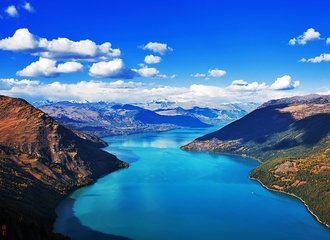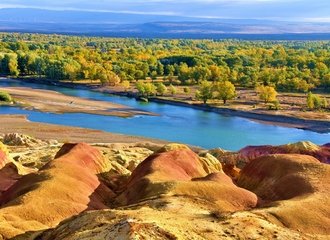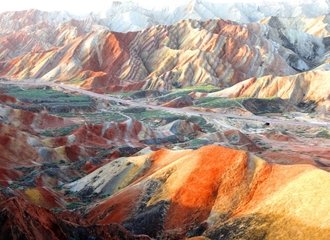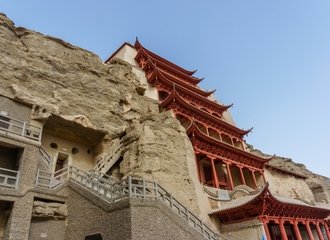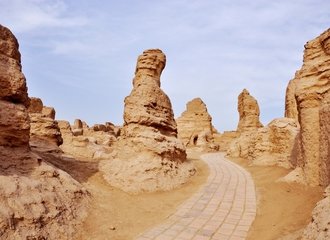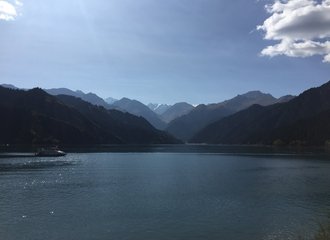Zhangmu

Brief introduction
Zhangmu, also known as Khasa, lies on a mountainside 10km (6 miles) inland from the Friendship Bridge that spans the Bhotekoshi (the Sun Koshi) River, with an elevation of 2300 meters. Zhangmu is 736 kilometers away from Lhasa and 120 kilometers away from Kathmandu. This small town has become a major trading post between Tibet and Nepal. The subtropical climate endows the small town with warm, humid weather and beautiful scenery throughout the year.
The permanent population of Zhangmu Town is more than 3,000, there are more than 20 foreign trade and border trade companies, and the average daily floating population is about 1,000. Commodity trading mainly involves Tibet and its neighboring provinces, and trade with Nepal and neighboring countries and regions, making it the largest border trade center port in Tibet.
The area near Zhangmu is subtropical, with a humid climate and pleasant scenery. The natural surroundings are beautiful, with modern buildings and some old wooden houses lying alternately on either side of the road. The town is built along a winding road that is lined with private homes, shops, restaurants, and government buildings. As the buildings are along the slopes and the streets have many turns, the layout of houses in the whole town is more casual. The high and low levels are obvious, the layers are close together, all connected by streets and stone steps. Most roofs have small gardens and tin roofs, various wind horse flags, lucky trees, etc., are covered with roofs, which make the whole town colorfully dressed, surrounded by green mountains and water and white clouds, is very eye-catching.


Trade and markets
The booming border trade attracts merchants from inland China, Tibet, and Nepal. Nepalese merchants export rice, flour, pepper, vegetables, and perfumes while Chinese merchants sell wool, tea, salt, and Tibetan medicine. There are restaurants run by the Nepalese serving traditional dishes, instant noodles, and beer produced in Nepal. A free trade market formed spontaneously near the Friendship Bridge about 8 years ago, which is still developing today.
According to an agreement between the Chinese and Nepalese governments, people living within 30 kilometers (18 miles) of the border may cross the border freely. Every day, hundreds of Chinese and Nepalese merchants conduct business under this agreement. Local Sherpas lease their houses to the merchants thus sharing in the profit of the border trade. Zhangmu is going to undergo major construction to meet the demands of the booming border trade.
As a very busy trading border, it is always full of traffic and people. On both sides of the road, there are hundreds of shops densely packed, operating a variety of items, and you can see a lot of goods from India, Nepal and other places. In addition to Tibetans and Hans, there are many Indians and Nepalese. Tourists and businessmen of all colors come in and go back every day.
Walking along the street to the end is the Chinese Customs, which is the place to go to Nepal to continue traveling. A few kilometers away, it is the friendship bridge at the junction of China and Nepal. At the gate of the customs, you will find many people who exchange money. Whenever a traveler showed up, they swarmed with a calculator and a lot of paper money.
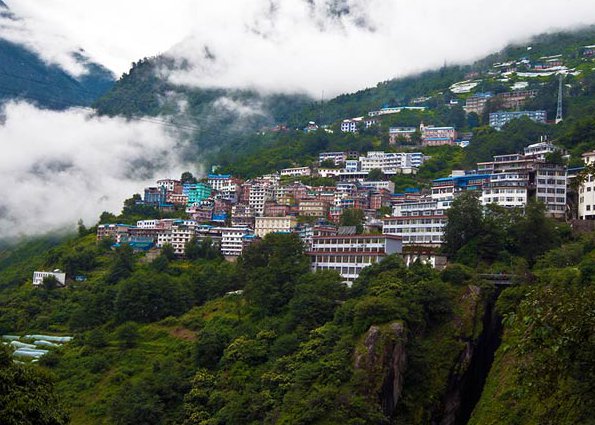

Useful Travel Tips
- The best place to view Zhangmu Border is Qingbu Valley. There is a folk saying that "You can experience the four seasons in a mountain in one day and every 10 kilometers you can see different scenery", which is perfectly expressed here as you can see very clearly how the biological communities are interdependent. Around 4,000 meters above sea level, there are small brown rice birch and rhododendron everywhere.
- Due to the devastation caused by the 8.1 magnitude earthquake in Nepal in 2015, the Zhangmu Border was closed for four years until it reopened on May 29, 2019. At present, the border is only open to freight traffic and is closed to travelers for the time being. Tourists are traveling through the Gyirong border between China and Nepal.

